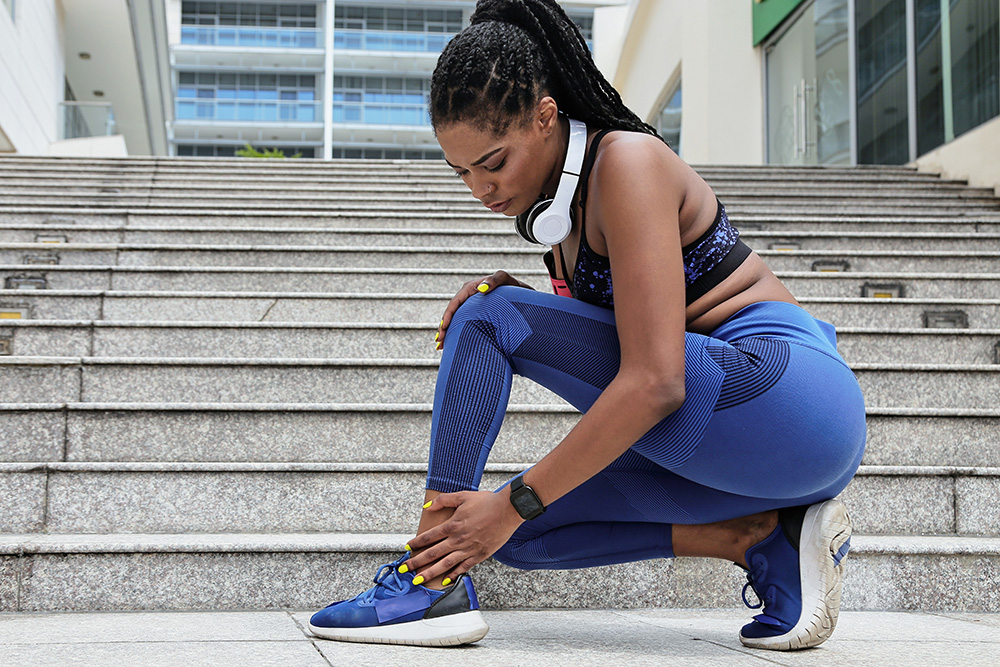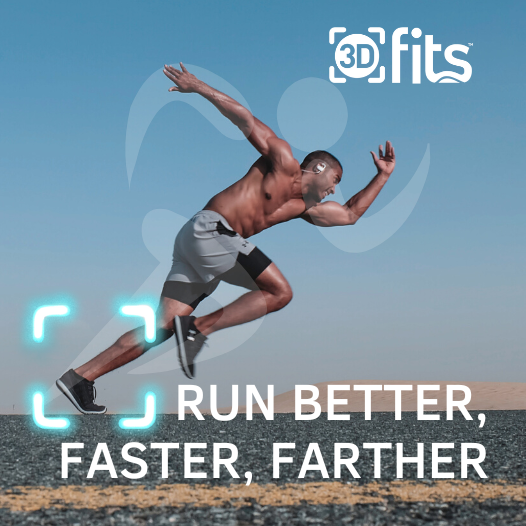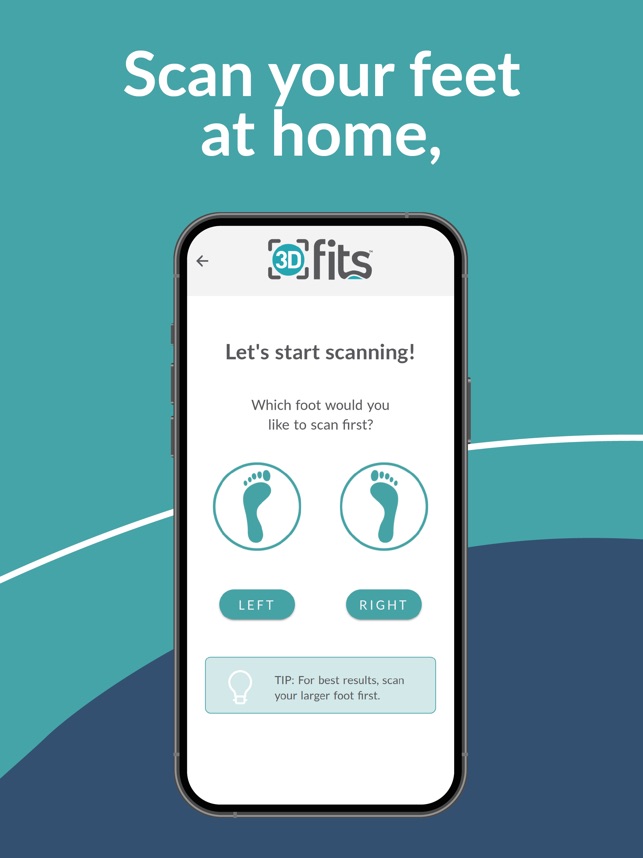Run Faster and Farther: The Complete Guide to Choosing the Right Running Shoes
Running is a great way to get in shape and improve your health, but if you’re running in the wrong shoes, you could be doing more harm than good.
In this guide, we’ll teach you everything you need to know about choosing the right running shoes for your needs.
We’ll discuss how to determine your foot type, what features to look for in running shoes, and how to find the right size and fit. So whether you’re just starting out or are a seasoned runner, read on for the best tips on running shoe shopping!
How to Choose the Right Running Shoes: A Beginner's Guide

When starting a running program, or even just changing up your shoes, it’s important to have the right footwear.
Good shoes can make all the difference in your performance and comfort while running. The wrong shoes can cause blisters, shin splints, and other injuries. But with so many choices on the market, how can you pick the right ones?
Here are some factors to consider when choosing running shoes:
Your foot type
There are three main types of feet: high arch, neutral, and flat feet. You can check your foot type by wetting your feet and then stepping on a paper towel. If you have a high arch, you’ll see a small curve along the inside of your foot. If you have a neutral foot, you’ll see a more pronounced curve. And if you have flat feet, you’ll see very little curve. Different shoes are designed for different foot types, so it’s important to know yours before making a purchase.
Your gait
Another important factor to consider is your gait, or the way your foot strikes the ground when you run. There are three main types of gaits: heel strike, toe strike, and midfoot strike. Heel strikers tend to land on their heels first and then roll forward onto their toes. Toe strikers land on their toes first and then roll back onto their heels. Midfoot strikers land on the middle of their feet. Different shoes are designed for different gaits, so it’s important to know yours before making a purchase.
Your running surface
The type of surface you’ll be running on is also important to consider when choosing shoes. If you’re going to be running mostly on paved roads, you’ll want to look for shoes that are designed for that type of surface. If you’re going to be running mostly on trails or other off-road surfaces, you’ll want to look for shoes that are designed for that type of surface.
Your budget
Finally, you’ll need to consider your budget when choosing running shoes. There are a wide range of prices for running shoes, so it’s important to find something that fits within your budget. However, don’t sacrifice quality for price – it’s worth it to spend a little extra money on a good pair of shoes that will last longer and provide better support than a cheaper pair of shoes that will fall apart quickly.
The Importance of Wearing the Right Running Shoes
When it comes to running, one of the most important things to consider is the type of shoes you wear. This is because the right shoes can make all the difference in terms of comfort, performance and even injury prevention.
There are a few things to keep in mind when choosing running shoes, such as the type of terrain you’ll be running on, your foot type and even your own personal preference. But one of the most important factors to consider is the level of support that your shoes offer.
For example, if you have high arches or flat feet, you’ll need a different level of support than someone with normal or medium-high arches. The same goes for the type of terrain you’ll be running on; if you’re mostly running on pavement, you won’t need as much cushioning and support as someone who runs on trails or off-road.
Personal preference also plays a role in choosing the right shoes. Some people prefer a more minimalist approach while others like having more padding and support. Ultimately, it’s up to you to figure out what works best for you.
But no matter what your preferences are, it’s important to make sure that your shoes offer enough support to avoid injuries. This means that they shouldn’t be too loose or too tight, and they should have adequate cushioning to absorb impact and protect your joints.
So if you’re looking for the perfect pair of running shoes, make sure to keep all of these factors in mind. And don’t forget to break them in before hitting the pavement so you can avoid any discomfort or blisters!
How to Determine Your Foot Size with 3Dfits the smart foot sizing app
When you go shoe shopping, have you ever had trouble finding the right size? Maybe you’ve been told that you’re a size 8, but some shoes feel too big and others too small. Or maybe you’ve found a pair of shoes that fit well, but you’re not sure if they’re the right size.
If you’re having trouble finding the perfect fit, 3Dfits is here to help. 3Dfits is a revolutionary new foot sizing app that takes the guesswork out of finding the right size.
With 3Dfits, all you need is your smartphone and a few minutes of your time.
Using the app is simple: just take a few photos of your feet and answer a few questions about your foot shape. The app will then determine your exact foot size.
3Dfits is not only more accurate than traditional methods of foot sizing, but it’s also more convenient. With 3Dfits, there’s no need to go to a store and try on shoes until you find the right size. If you’re tired of struggling to find the right fit, give 3Dfits a try.
With 3Dfits, finding the perfect pair of shoes is easier than ever.

What Features to Look for in Running Shoes
There are a few key features to look for when purchasing running shoes.
Firstly, it is important to consider the type of arch that you have.
There are three main types of arch– flat, neutral and high. If you have a flat arch, you will need a shoe with more support in order to avoid injuries. If you have a neutral arch, you will need a shoe that is well-cushioned in order to absorb impact. If you have a high arch, you will need a shoe with good flexibility in order to allow your foot to move freely.
Secondly, it is important to consider the type of surface that you will be running on.
If you are going to be running on pavement, you will need a different type of shoe than if you were running on trail or grass. Pavement tends to be harder and smoother than other surfaces, so it is important to get a shoe with good cushioning in order to absorb impact. Trail and grass surfaces are usually softer and more uneven, so it is important to get a shoe with good traction in order to avoid slipping.
Thirdly, it is important to consider your personal preferences when choosing running shoes.
Some people prefer shoes with more cushioning, while others prefer shoes with less weight. It is also important to consider the width of the shoe- some people need wider shoes in order to avoid blisters, while others find that narrower shoes help them run faster.
If you’re serious about running, then you know how important it is to have the right pair of shoes. But with so many different brands and styles on the market, it can be tough to know where to start.
So what are you waiting for? Download the 3Dfits app today and get started on finding your perfect pair of running shoes!






